South India, with its rich natural beauty and diverse topography, is home to many attractive hill stations. Nestled amidst lush greenery, misty mountains, and cascading waterfalls, these picturesque spots offer a serene escape from the hustle and bustle of city life. In this article, we will explore some of the most popular hill stations in South India, highlighting their unique features, tourist attractions, and the captivating experiences they offer visitors.
List Of The Top 24 Hill Stations In South India
1. Ooty
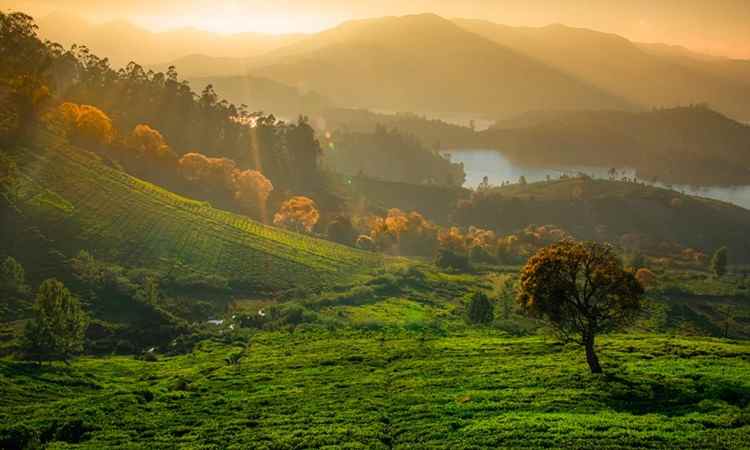
Ooty, short for Ootacamund, is often called the “Queen of Hill Stations.” Located in the Nilgiri Hills of Tamil Nadu, it is famous for its pleasant climate, vast tea plantations, and colonial charm. The Nilgiri Mountain Railway, a UNESCO World Heritage Site, takes visitors on a scenic journey through breathtaking landscapes. Botanical Garden, Ooty Lake, and Doddabetta Peak are among the must-see attractions in this popular hill station.
Altitude: 2240 m
Best Time To Visit: October to June
2. Munnar
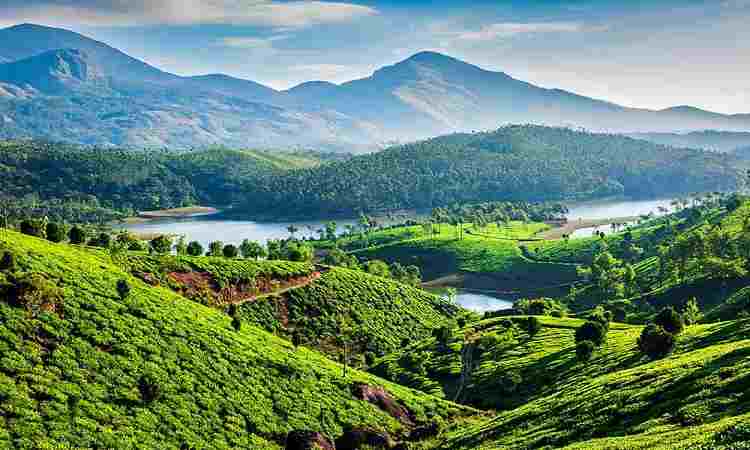
Munnar is a picturesque hill station known for its vast tea plantations, mist-covered valleys, and panoramic views. And is Located in the Western Ghats of Kerala, The cool climate and tranquility of this region make it an ideal place for nature lovers and adventure enthusiasts. Eravikulam National Park, Mattupetty Dam, and Tata Tea Museum are some of the notable attractions that showcase the unique charm of Munnar.
Altitude: 1532 m
Best Time To Visit: September to June
[ Suggest Tour: South India Tour Packages ]
3. Coorg
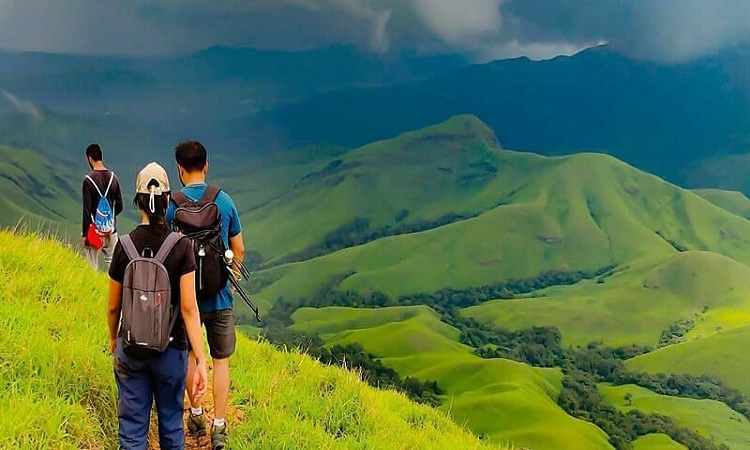
Coorg is a charming hill station located in Karnataka and is Also known as the “Scotland of India”. Blessed with abundant coffee plantations, spice plantations, and dense forests, Coorg offers a serene environment and a rich cultural heritage. Abbey Falls, Raja’s Seat, and Talakaveri are notable attractions that glimpse the natural beauty and historical importance of this charming hill station.
Altitude: 900 m
Best Time To Visit: September to June
4. Kodaikanal

Nestled in the Palani Hills of Tamil Nadu, Kodaikanal is a popular tourist destination known for its misty mountains, serene lakes, and lush green valleys. The star-shaped Kodaikanal Lake is a major attraction, offering opportunities for boating amid breathtaking views. Other attractions include Coakers Walk, Bryant Park, and Pillar Rocks, all of which contribute to the hill station’s charm.
Altitude: 2133 m
Best Time To Visit: October to June
5. Wayanad
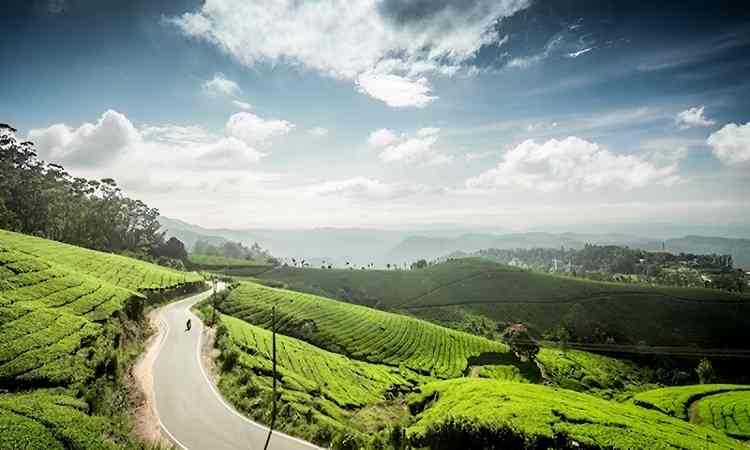
Wayanad is a lush green hill station known for its pristine natural beauty and rich biodiversity. and is Located in the Western Ghats of Kerala. The region is home to many waterfalls, wildlife sanctuaries, and spice plantations. Chembra Peak, Meenmutty Falls, and Edakkal Caves are among the top attractions that thrill visitors with their picturesque beauty and historical significance.
Altitude: 2100 m
Best Time To Visit: September to March
6. Thekkady

Located in the Idukki district of Kerala, Thekkady Periyar National Park is famous for being a famous wildlife sanctuary and tiger reserve. The region is known for its dense forests, beautiful hills, and the Periyar Lake, where tourists can enjoy boat cruises and spot wildlife such as elephants, tigers, and various bird species.
Altitude: 900 m
Best Time To Visit: September to February
7. Yercaud
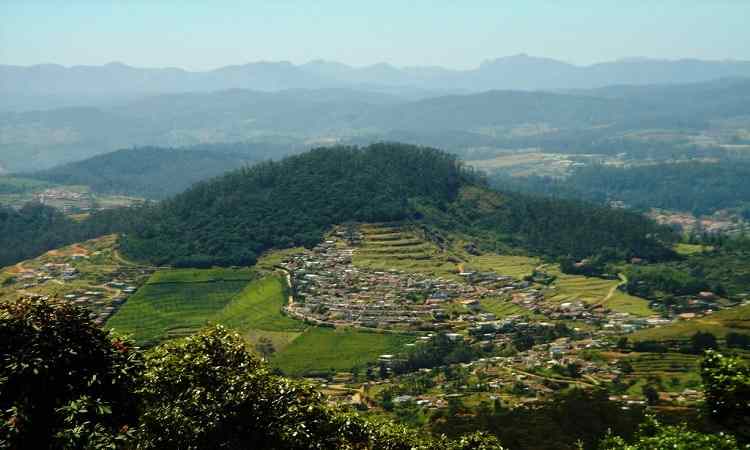
Located in the Shevaroy Hills of Tamil Nadu, Yercaud is an attractive hill station known for its pleasant climate and natural beauty. Coffee plantations, orange groves, and spice gardens surround the city. Yercaud Lake, Ladies Seat, and Pagoda Point are popular attractions that offer panoramic views of the surrounding hills and valleys.
Altitude: 1623 m
Best Time To Visit: October to May
8. Coonoor
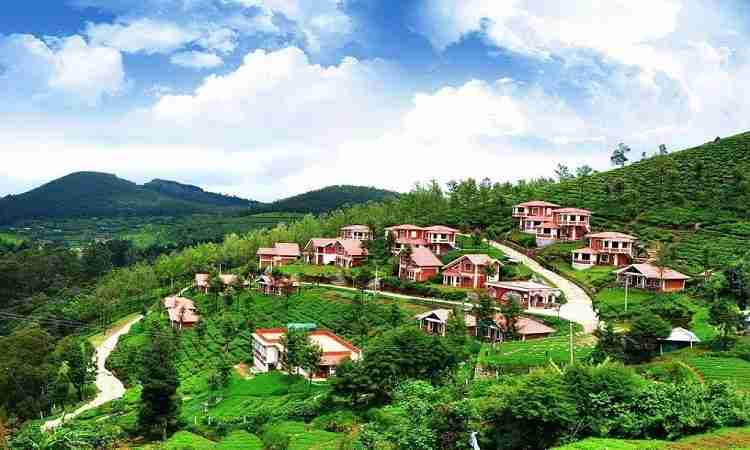
Coonoor located in the Nilgiri Hills of Tamil Nadu, is a tranquil hill station known for its tea gardens, viewpoints, and colonial architecture. Sims Park, a meticulously maintained botanical garden, displays a wide variety of plant species. The famous Nilgiri Mountain Railway passes through Coonoor, offering a delightful train journey with stunning views.
Altitude: 1850 m
Best Time To Visit: October to March
9. Vagamon
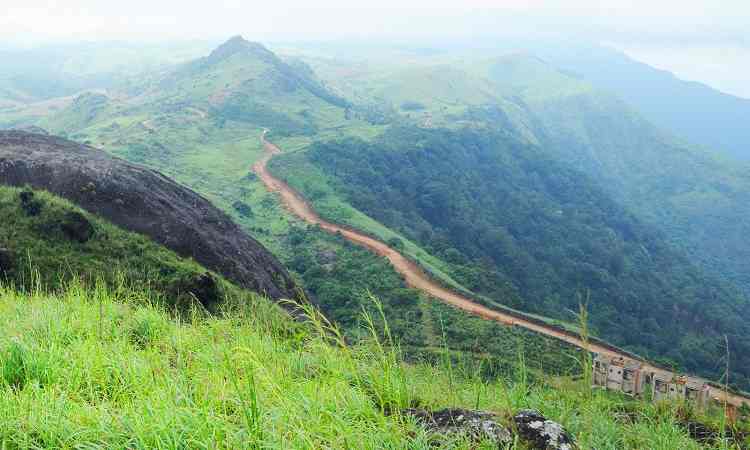
Located in the Idukki district of Kerala, Vagamon is a lesser-known hill station that boasts lush green meadows, pine forests, and beautiful valleys. It offers a serene environment and is an excellent place for trekking, paragliding, and nature walks. Kurisumala Ashram, Vagamon Pine Forest, and Vagamon Meadows are popular attractions in the area.
Altitude: 1200 m
Best Time To Visit: September to June
10. Valparai
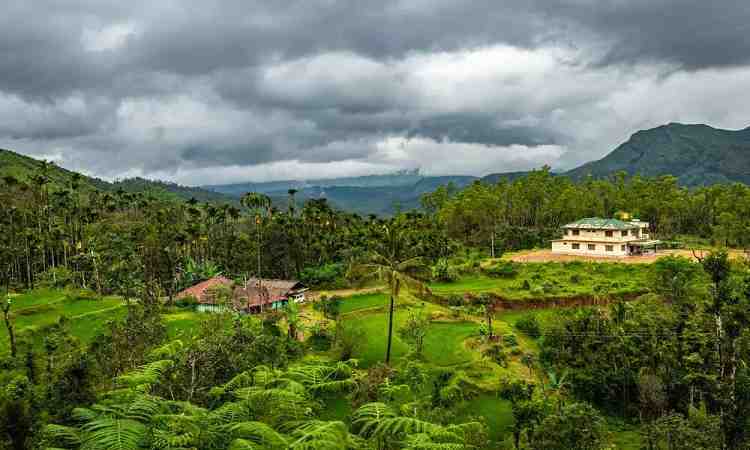
Located in the Anaimalai hills of Tamil Nadu, Valparai is a tranquil hill station known for its tea and coffee plantations, dense forests, and waterfalls. The area is rich in wildlife, and tourists can see elephants, gourds, and various species of birds. Aliyar Dam, Sholayar Dam, and Monkey Falls are among the notable attractions of this unusual destination.
Altitude: 2287 m
Best Time To Visit: September to March
11. Araku Valley
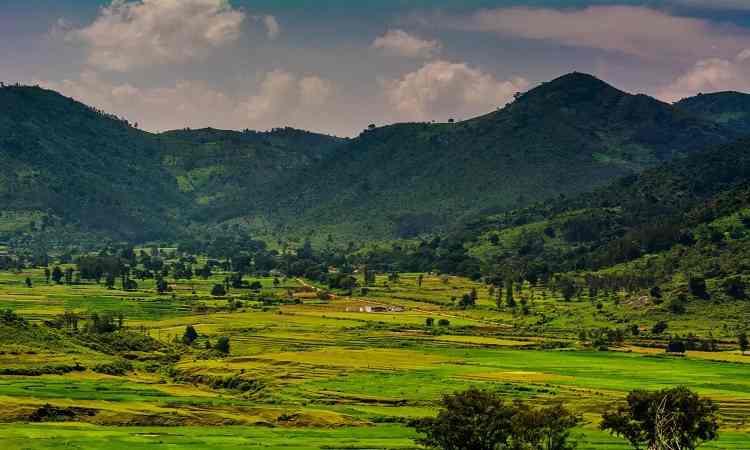
Araku Valley is a picturesque hill station famous for its coffee plantations, waterfalls, and tribal culture. Located in the Eastern Ghats of Andhra Pradesh, The journey to Araku Valley via the Araku Valley Railway is a memorable experience, offering breathtaking views of the valleys, tunnels, and bridges. Borra Caves, Katiki Waterfalls, and Tribal Museum are popular tourist attractions in the region.
Altitude: 910m
Best Time To Visit: November to February
12. Ponmudi
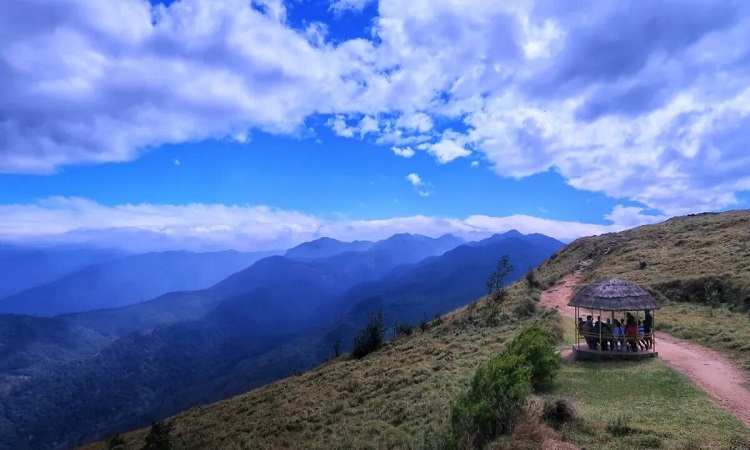
Ponmudi located in the Western Ghats of Kerala, is a picturesque hill station known for its lush green hills, tea plantations, and winding roads. The area offers spectacular views of the surrounding valleys and is a popular spot for trekking and nature walks. Peppara Wildlife Sanctuary, Golden Valley, and Meenmutty Falls are some of the attractions that attract tourists to Ponmudi.
Altitude: 1100 m
Best Time To Visit: September to February
13. Yelagiri
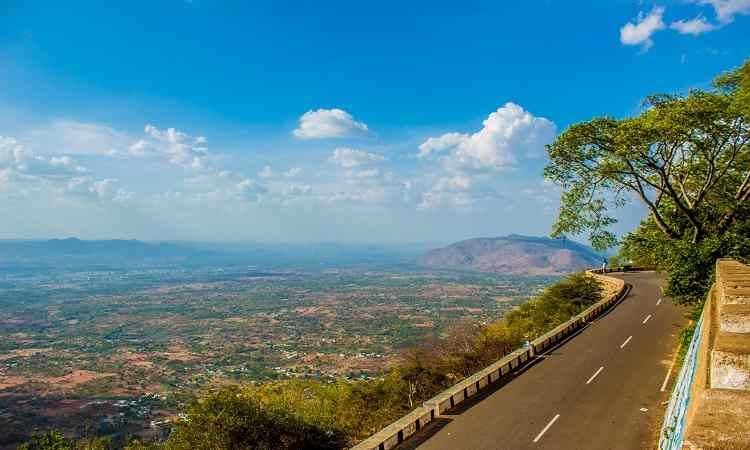
Yelagiri located in the Vellore district of Tamil Nadu, is a peaceful hill station surrounded by hills, valleys, and gardens. It is known for its pleasant weather and offers ample opportunities for trekking, boating, and paragliding. Punganur Lake, Jalagamparai Waterfalls, and Swamimalai Hill are among the attractions that make Yelagiri a popular destination for nature lovers and adventure seekers.
Altitude: 1111 m
Best Time To Visit: August to February
14. Agumbe
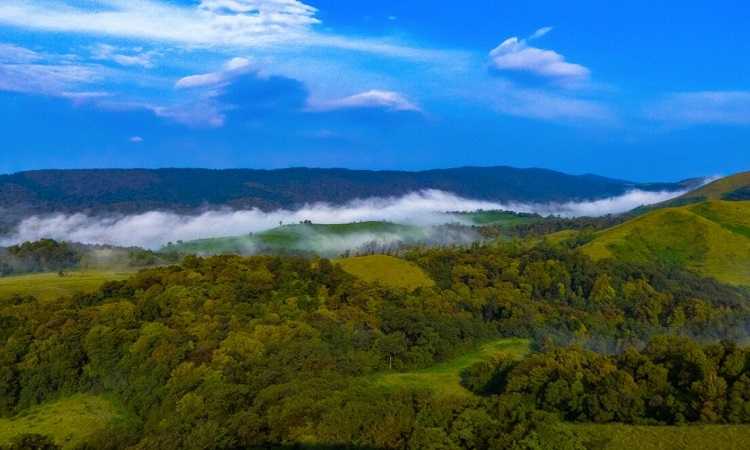
Agumbe located in the Shimoga district of Karnataka, is often called the “Cherrapunji of South India” due to its high rainfall and dense forests. It is a biodiversity hotspot and home to many species of flora and fauna. Agumbe’s scenic beauty, mist-covered hills, and the mesmerizing sunset point of Barkana Falls attract nature lovers and wildlife lovers.
Altitude: 823 m
Best Time To Visit: October to March(avoid rainy season)
15. Peermade
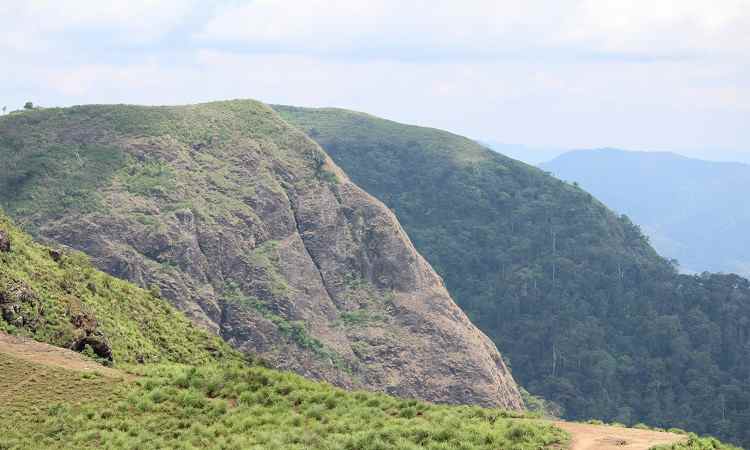
Peermade located in the Idukki district of Kerala, is a tranquil hill station known for its tea, coffee, and spice plantations. The area offers panoramic views of the Western Ghats and is an excellent destination for trekking and bird-watching. Peeru Hills and Pattumala Church are notable attractions in this serene hill station.
Altitude: 915 m
Best Time To Visit: April To June
16. Kolli Hills

Kolli Hills located in the Namakkal district of Tamil Nadu, is a hidden gem known for its untouched natural beauty and ancient temples. The hills are adorned with coffee plantations, fruit orchards, and terraced fields. Agaya Gangai Waterfalls, Arapaleeswarar Temple, and Seeku Parai Viewpoint are popular sites that showcase the charm of this offbeat hill station.
Altitude: 1,200 m
Best Time To Visit: March to June
17. Silent Valley
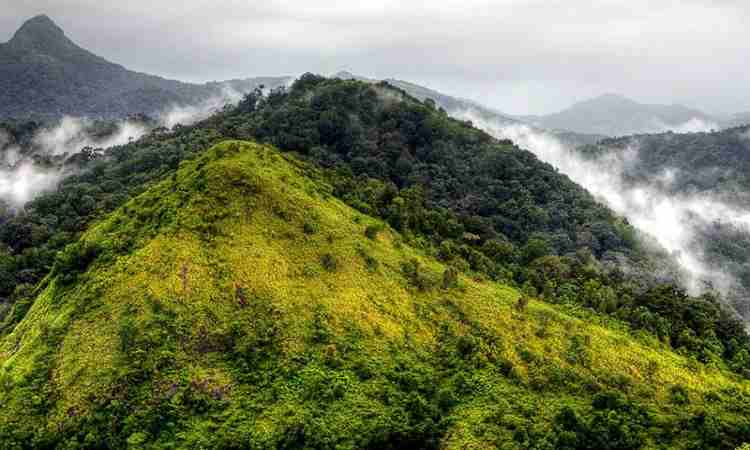
Silent Valley is a pristine tropical rainforest and national park located in the Palakkad district of Kerala. It is known for its rich biodiversity, which includes rare and endangered species of flora and fauna. The region is home to the Silent Valley National Park, which offers opportunities for jungle safaris, trekking, and birdwatching, giving visitors the chance to immerse themselves in untouched wilderness.
Altitude: 900 M to 2,300 M
Best Time To Visit: December to April
18. Kudremukh
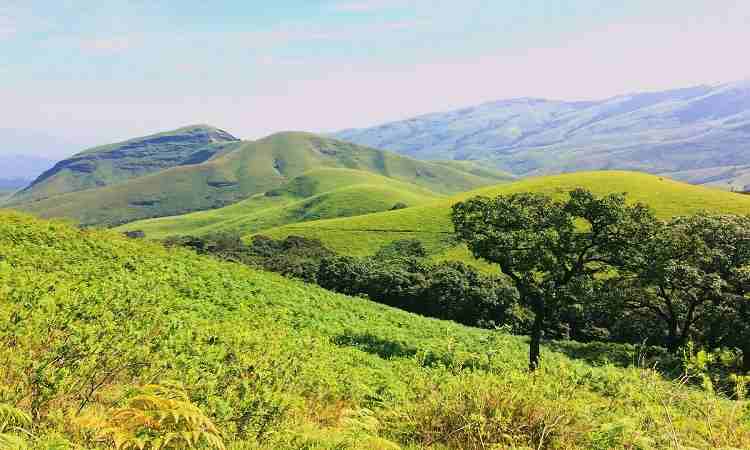
Kudremukh located in the Chikkamagaluru district of Karnataka, is a picturesque hill station known for its rolling hills, lush green forests, and cascading waterfalls. The region is famous for the Kudremukh National Park, which is home to diverse wildlife and offers trekking and wildlife viewing opportunities. Hanuman Gundi Falls and Kadambi Falls are popular attractions in the area.
Altitude: 1,894 m
Best Time To Visit: between October and February
19. Idukki
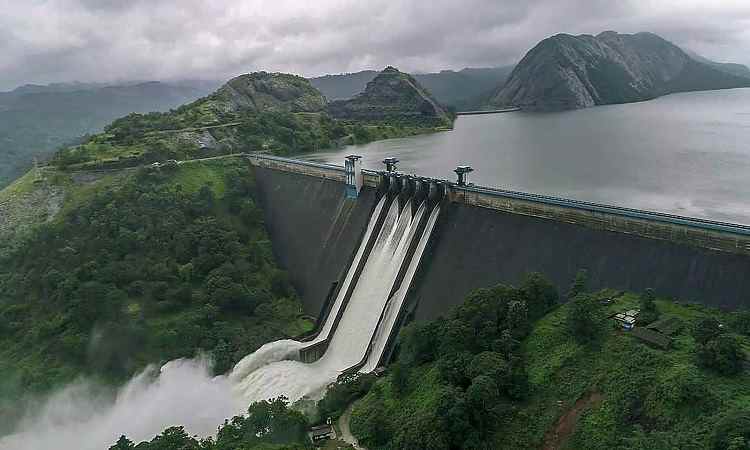
Idukki located in the Idukki district of Kerala, is a tranquil hill station adorned with tea and spice plantations, misty hills, and gurgling waterfalls. The region is rich in natural beauty, including the beautiful Idukki Arch Dam, one of the largest arch dams in the world. This hill station is an excellent destination for nature walks, bird watching, and exploring the nearby wildlife sanctuaries.
Altitude: 1,200 m
Best Time To Visit: October to February
20. Kemmangundi
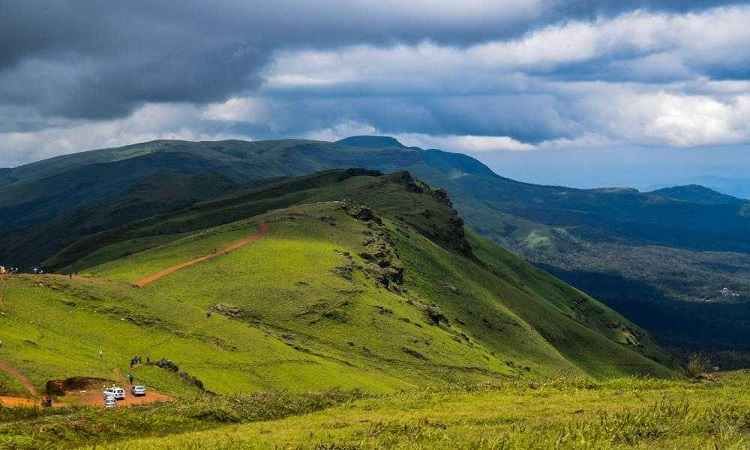
Nestled in the Baba Budan Giri range of Karnataka, Kemmangundi is a picturesque hill station known for its vast gardens, breathtaking valleys, and gentle streams. The area offers wonderful views of the surrounding mountains and is a popular destination for trekking and camping. Hebbe Falls, Jade Point, and Rose Garden are notable attractions that add to the charm of Kemmangundi.
Altitude: 1,434 m
Best Time To Visit: September to March
21. Kuppam
Kuppam located in the Chittoor district of Andhra Pradesh, is a beautiful hill station known for its undulating landscape, waterfalls, and temples. The area offers picturesque views of the Eastern Ghats and is an excellent destination for nature walks and exploration. Kuppam Dargah, Koundinya Wildlife Sanctuary, and Muthyalamaduvu Waterfalls are popular attractions in the region.
Altitude: 667 m
Best Time To Visit: October to February
22. Cumbum Valley
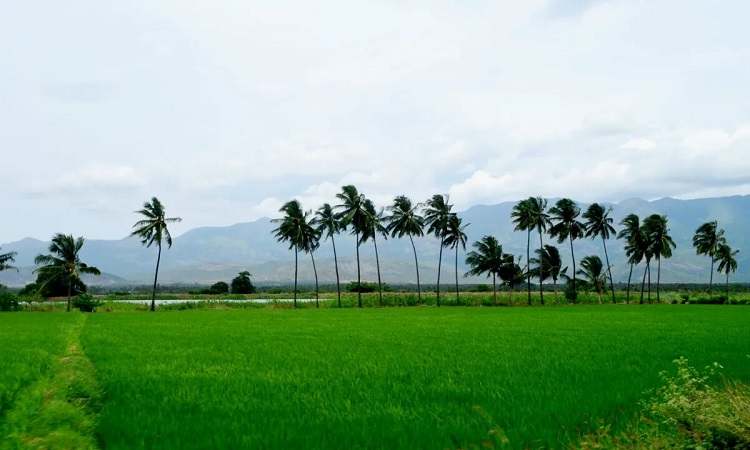
Cumbum Valley located in the Theni district of Tamil Nadu, is a tranquil hill station nestled amidst lush green mountains and tea plantations. The area offers breathtaking views of the Western Ghats and is known for its pleasant climate. Tourists can enjoy a leisurely walk through the tea plantations, visit the Suruli Waterfalls, or explore the nearby Meghamalai Wildlife Sanctuary.
Altitude: 462 m
Best Time To Visit: January to March
23. Vythiri
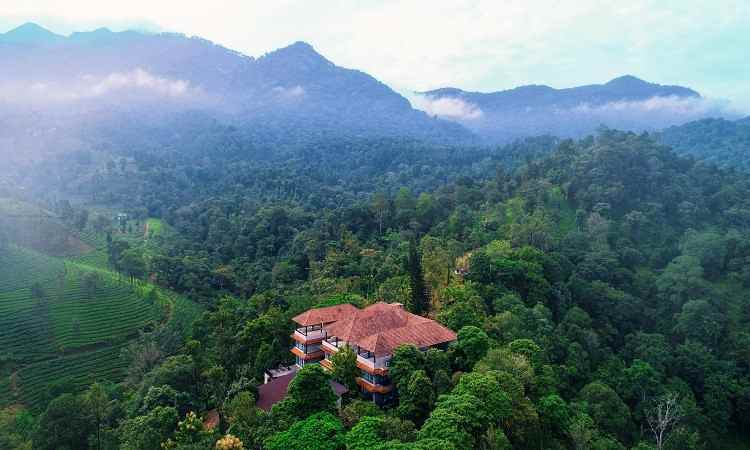
Vythiri located in the Wayanad district of Kerala, is a tranquil hill station famous for its dense forests, natural springs, and spice plantations. The region is home to the Wayanad Wildlife Sanctuary, where tourists can spot various species of wildlife. Vythiri also offers treehouse accommodation, a thrilling zipline experience, and the beautiful Pookode Lake, making it an ideal destination for nature lovers and adventure seekers.
Altitude: 700 m
Best Time To Visit: October To March
24. Kotagiri
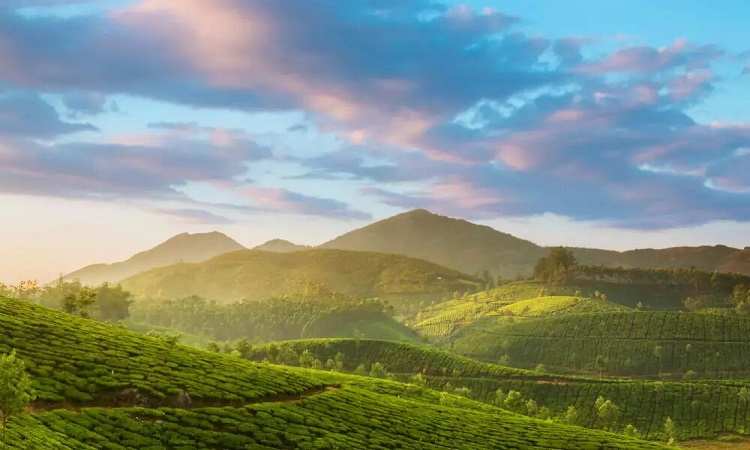
Kotagiri is a beautiful hill station located in the Nilgiris region of South India. It’s a perfect place to relax and enjoy the peaceful surroundings. With its green tea plantations, misty valleys, and pleasant weather, Kotagiri is an ideal destination for a holiday. You can discover the town’s colonial charm, go on scenic treks, and find tranquility in the lap of nature. Kotagiri offers a refreshing experience, allowing you to immerse yourself in the natural beauty of Southern India.
Altitude: 1,950 m
Best Time To Visit: December to February
Travel Tips about Hill Stations in India
Pack appropriate clothing: Due to the varying altitude and weather conditions in hill stations, it is essential to pack layers of clothing. Bring warm clothing for cooler temperatures and light, breathable clothing for hotter days. Don’t forget to pack comfortable walking shoes and rain gear, as rain showers are common in many hill stations.
Plan: South India’s hill stations can be crowded during peak tourist season. It is advisable to plan your trip and make accommodation reservations to secure the best options. Additionally, research local attractions, weather conditions, and any specific permit or entry requirements for certain sites or activities.
Beware of altitude sickness: Some hill stations in South India are located at high altitudes. If you’re prone to altitude sickness, take precautions like staying hydrated, avoiding strenuous activities upon arrival, and acclimatizing slowly. If you have any concerns, consult a healthcare professional before your trip.
Respect the local culture and environment: Respect the local customs, traditions, and natural surroundings while visiting hill stations. Follow designated trails and paths, dispose of trash responsibly, and avoid disturbing wildlife or harming the environment. Connect respectfully with local communities and learn about their culture and practices.
Stay hydrated and carry snacks: Exploring hill stations often involves walking, trekking, or outdoor activities. It’s important to carry a water bottle and drink plenty of fluids to stay hydrated. Additionally, carry some snacks or energy bars to keep yourself energized during your explorations.
Frequently Asked Questions About Hill Stations Of South India
Q.1 When is the best time to visit hill stations in South India?
Ans. The best time to visit hill stations in South India is usually from September to May when the weather is pleasant and rainfall is minimal. However, specific timings may vary depending on the destination, and it is advisable to check weather conditions and plan accordingly.
Q.2 Are there any adventure activities available in the hill stations of South India?
Ans. Yes, many hill stations in South India offer many adventure activities like trekking, camping, wildlife safaris, boating, paragliding, and rock climbing. Each hill station offers different opportunities, so it is best to research and choose the activities that interest you.
Q.3 Is it necessary to hire a local guide while visiting hill stations?
Ans. Although it is not mandatory, hiring a local guide can enhance your experience at hill stations. Local guides have in-depth knowledge of the area and its history and can provide information about the local culture, flora, and fauna. They can also help you navigate routes and ensure your safety.
Q.4 Is accommodation available at hill stations?
Ans. Yes, the hill stations of South India offer a wide range of accommodations, including luxury resorts, hotels, guesthouses, homestays, and cottages. To secure the best option, it is advisable to make reservations in advance, especially during peak tourist season.
Q.5 What are some popular attractions in hill stations in South India?
Ans. Popular attractions of hill stations in South India include beautiful views, tea and spice plantations, waterfalls, wildlife sanctuaries, botanical gardens, lakes, and historical sites. Specific attractions vary depending on the hill station, so it is recommended that you do your research and plan your itinerary accordingly.
Conclusion
The hill stations of South India are famous for their awe-inspiring natural beauty, providing solace and rejuvenation to weary souls who seek refuge in the shelter of nature. These destinations showcase the region’s diverse landscapes, including both well-known and hidden gems. From the misty valleys of Munnar to the colonial charm of Ooty and the cultural richness of Coorg, each hill station has its unique charm.
Whether one seeks thrilling adventure, serene peace, or a chance to reconnect with the natural world, the hill stations of South India have a unique charm. They leave an indelible mark on the hearts of visitors, creating memorable memories that last a lifetime. Explore these fascinating destinations in the southern part of India, and discover the profound beauty that lies amidst their serene landscapes.
Suggest Post:
How to Reach Vaishno Devi
10 Places to Visit in Gulmarg
Best Time to Visit Assam
12 Best Hill Stations in Gujarat
How to Reach Spiti Valley